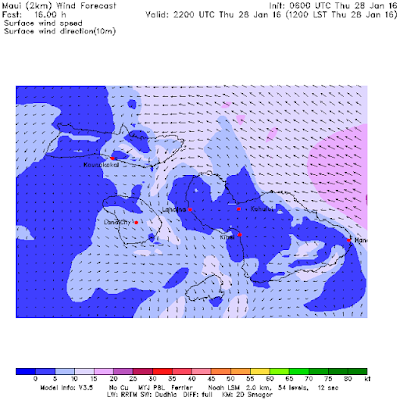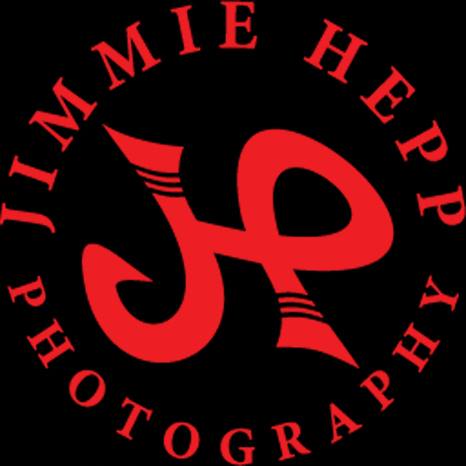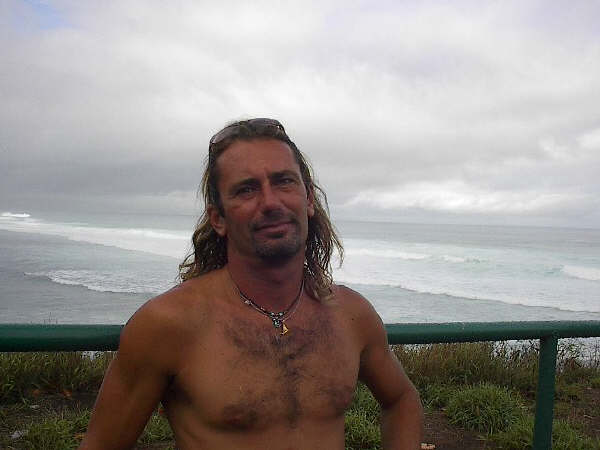What made it so special is that the period of the waves was bigger than usual thanks to a wide area of hurricane force winds in the originating fetch. At noon Hanalei was reading 20f 20s and that is very rare.
As the open ocean speed table below shows, the longer the period the faster the waves travel and even though they all slow down when they start feeling the bottom, the longer period ones are still faster than the shorter period ones when they break.
20sec--30kts
17sec--26kts
14sec--21kts
11sec--17kts
When a wave starts feeling the bottom, its lower part slows down while the upper part keeps travelling at the original speed. So the faster they travel, the more throwy (and possibly barreling) the lip will be.
Most of the shots of Jaws from yesterday that I've seen so far are wipeouts. Like this one below that shows Maui surfer Tom Dosland putting his leash (and leg) at serious test. Photo by Jimmie Hepp.
But what I'm saying will become much clearer by watching the video of the same wave.
He did everything right. That wave was just moving too fast. And from what I read, 80% of them were. This would have been a good tow day. Talking about which, some very interesting comments about his Jaws quiver from Albee Layer in this article.

There were some successful rides though, like this one below. Photo by Rick Leeks.

Meanwhile, my friend Loch Eggers was catching bombs like this at a outer reef he calls "bottom turns". Sick shot.

There's other things that long period waves do differently when they break and it's all related to their speed. They suck the water in front of them in a much stronger way and they jack up a lot more.
Below is a photo I took yesterday at a north shore break around 9ish. That wave belongs to the old NW swell that was still in the water in the early morning and I counted the period as 12s. Notice how relatively soft, mushy and slopy it is.

These are shots I took around noon at another spot. A completely different beast.

I surfed a nearby spot and some sets were at least 25s. I was paddling for a wave that looked chest high and by the time I got on my feet and dropped all the way to the bottom it was well overhead.

That looks like an Indo A-Frame and the guy stuck the drop.

For some reasons that I'm not even gonna try to analyze, the Hanalei buoy had higher readings than the NW one, so I'll put it as the first one in the usual three buoys graph below (notice the different scale). The other two are Waimea and Pauwela and you can see how much energy was lost with travelling and refraction (3 and 5 feet respectively).
All of the buoys are slowly trending down, but with readings of 13.9ft @ 18s from 331° (NNW) at 4am at Pauwela, I wouldn't call that small by any means. Hookipa will still be closed out and you will have to look for spots that are not hit directly.

I might have to go take photos at Honolua after I tire myself with too many sessions. BTW, I'm looking for Honolua photographers that are willing to share their photos on this blog, please contact me on facebook for that. What I give in exchange is a link to their facebook page and that means they're gonna get more traffic and be ranked higher in the search engines algorithms.
Which is the same reason why I have advertising customers that buy banners.
BTW, the number of readers keeps steadily going uo (23,811 last month), thanks everyone for reading.
Wind map shows a new beautiful NW fetch that is going to send us the next swell on Monday.

MC2km map at noon shows a lovely light SE flow.








No comments:
Post a Comment